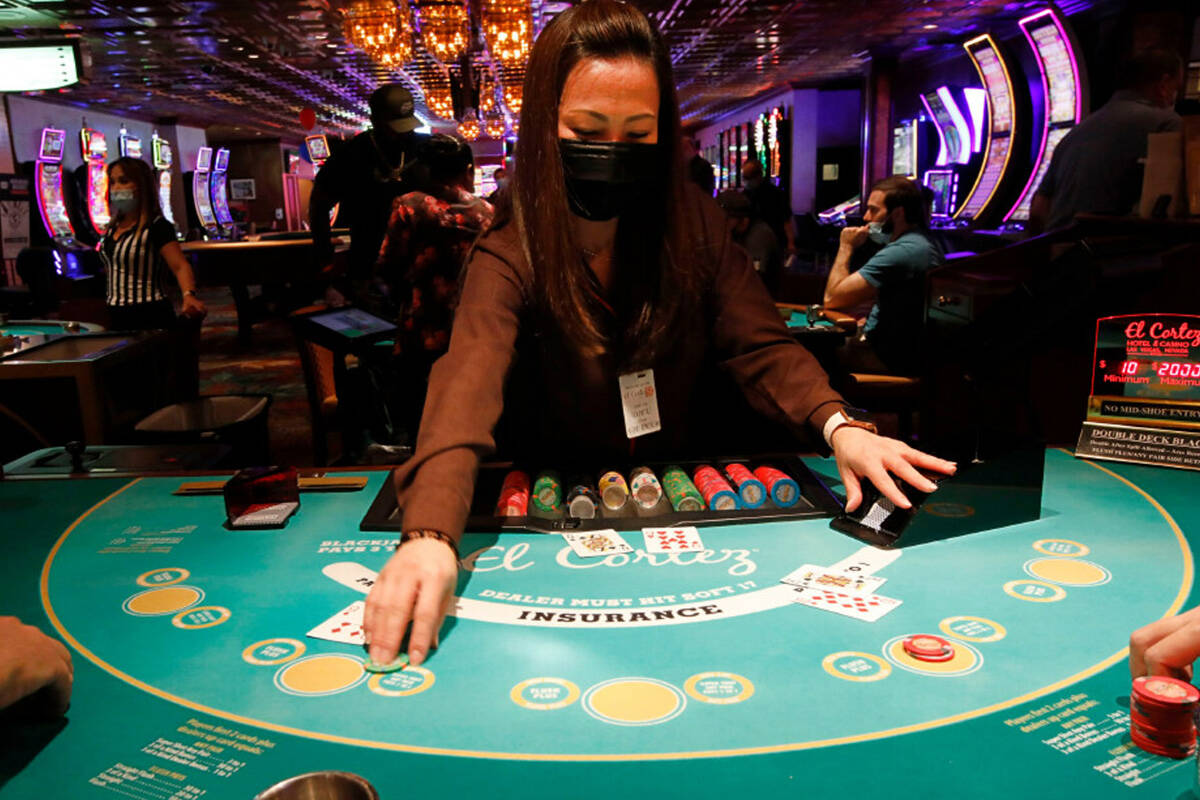Comic Transformations: As Graphic Novels Transform into Screenplays

Recently, the world of manga has transcended the pages of comic books to become a major influence in the realm of film and television. This transformation marks a compelling trend where beloved stories originally created in black and white are converted into dynamic screen adaptations. From thrilling adventures to endearing romances, manga adaptations have engaged audiences around the world, showcasing the unique craftsmanship and storytelling that makes Japanese comics so unique.
These adaptations often infuse new life into the tales, bringing the characters and settings to a wider audience who may not have had the opportunity to explore them in print. With the right blend of innovation and respect for the source material, filmmakers endeavor to capture the essence of these stories while adding their own cinematic flair. As this trend continues to grow, it encourages a discussion about the intricate connection between manga and its screen adaptations, and what this means for the future of storytelling in both mediums.
The Progression of Manga Adaptations of Manga
Manga adaptations have seen significant evolutions since the early periods of adapting, reflecting movements in the formats and viewer expectations. Initially, these adaptations were typically straightforward conversions of the original content, focusing on preserving the plot and characterization designs. These early instances, mostly in the form of anime, were limited by budgetary constraints and technological capabilities, resulting to a more rigid interpretation of the manga. As a result, numerous adaptations found it difficult to capture the unique art style and vitality of their source materials.
With the emergence of technological advancements and the growing success of manga globally, the method to adaptations has evolved. The production value of anime and live-action films has markedly improved, allowing for more accurate and aesthetically pleasing representations of the original works. Manga artists and production companies began to investigate more complex narratives, crafting narratives which connect with audiences of the original work while simultaneously drawing in to a broader audience. This change has results in a more fluid relationship between the original manga and its animated versions, fostering creative collaborations between manga artists and screenwriters.
Currently, adaptations of manga are not confined to conventional mediums. The surge of streaming platforms has opened new paths for narration, with series usually launched at the same time worldwide. This has enabled developers to tailor their adaptations to varied viewers, blending genres and experimenting with narrative structures. As these comics continues to impact global pop culture, the evolution of its adaptations indicates a growing recognition of the medium's capability to cross boundaries, enhancing the narrative environment across multiple media.
Popular Manga Adaptations
One of the top well-known manga adaptations is "Shingeki no Kyojin." This show captivated viewers with its gripping storyline and complex personages. The anime adaptation succeeded in bringing to life the dramatic battles and rich depth of the original manga. Its popularity led to several seasons and a worldwide fanbase, proving that the combination of excellent storytelling and energetic animation resonates well with audiences.
Another notable adaptation is "Boku no Hero Academia," which has garnered a massive following since its beginning. The narrative, centered around a world where superheroes are commonplace, captures the spirit of heroism and individual growth. The anime has been praised for its colorful animation and action-packed action sequences, successfully translating the manga's allure into a format that attracts to a larger viewership.
"OP" stands as a real giant in both the comic and anime fields. With its sprawling narrative and deep character development, the adaptation has expanded Eiichiro Oda's initial work, captivating viewers for above 2 decades. The long-running show has maintained its success through its special blend of exploration, humor, and heartfelt moments, showing the potential for manga to transition into effective animated shows that captivate fans around the world.
Challenges in Adaptation
One significant difficulty in translating manga to screen is the discrepancy in narrative pacing. Manga often employs a distinct rhythm that allows readers to appreciate illustrations and dialogue at their individual speed. In contrast, films and television need to maintain a consistent pace that can sometimes accelerate or alter crucial plot points to fit time restrictions. This can lead to the loss of nuance and character development, which might irritate existing fans of the manga.
Another obstacle is the graphic representation of stylistic elements fundamental to manga. Artists often employ intensified expressions and aesthetics that are not always possible or effective in real-life or animated adaptations. Capturing the core of a character's emotions or the dramatic flair of a scene can result in a break if the transition is not executed with care. Creative teams must find ways to honor the original art style while also adapting it to a distinct medium, which can be a delicate juggling act.
Finally, meeting the requirements of a diverse audience presents its own set of challenges. NetTruyenViet Manga fans often have deep emotional connections to the source material, so adaptations that stray too far from the original narrative or character arcs can lead to pushback. Conversely, if adaptations are too faithful, they risk feeling stale to new viewers. Striking the ideal balance between originality and loyalty to the original manga remains a constant task in the adaptation process.
